A nice longer read to line up for the weekend from aeon magazine:
A closed loop
Here is a remarkable fact about identical twins: they have the same DNA, and therefore the same ‘genetic fingerprint’, yet their actual fingerprints (such as they might leave behind on a murder weapon) are different, and can be told apart in standard police observations.
The concept of ‘the gene for feature x’ is giving way to a much more complicated story…. The genes matter – of course they do, because something has to build all these proteins. But the helix seems less and less appropriate as an icon for the all-important control systems that run life, especially at larger scales….
There is, however, an alternative. It can be represented by an even simpler icon than the double helix. It really does seem to pervade life at all scales. This alternative is a concept, rather than a physical thing. And it can it be glimpsed most clearly if we ask how things structure themselves when they must adapt to an environment that cannot be known in advance. (Emphasis added)
The article discusses various self-organising systems and the ubiquity of the eponymous feedback loops. The author suggests that loops are everywhere in biology from the microscopic- proliferation of skin over a growing body, to the macroscopic- the behaviour of starlings in a flock.
It’s probably not too much of a stretch to suggest that the progressive introduction of loops has revolutionised the understanding of pain.
From Descartes’ straight line approach to pain:
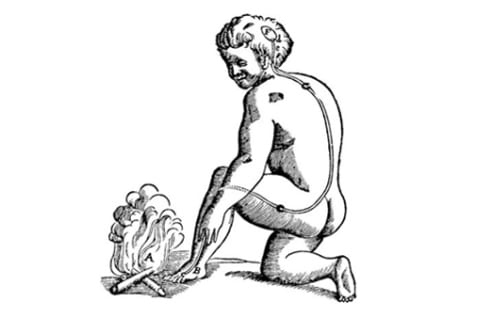
to the Gate Theory (getting a bit loopy)
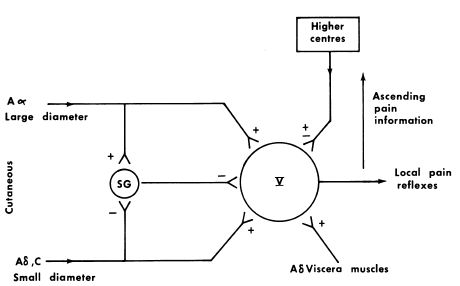
to the modern Neuromatrix (loops within loops, rolling along over time)
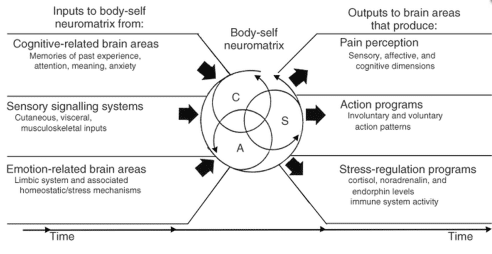
and the nicely loopy Mature Organism Model (internal loops, external loops and internal-external loops)
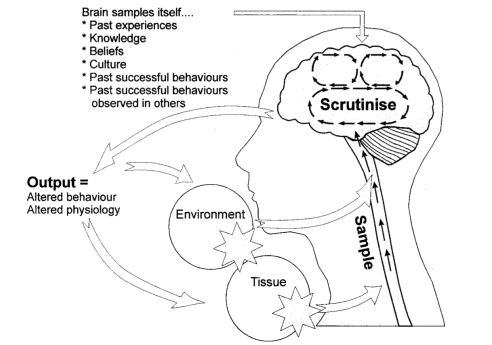
Perhaps one of the most important, and complex, loops of all is the one that we enter into as clinicians or therapists with a person experiencing pain.
Is it possible that a significant restraint on the progress of treating pain, has been a historical, but erroneous, identification of this therapeutic relationship as one-directional and linear?
-Tim Cocks
Get your think on and get up to date at a noigroup course or immerse yourself in some brainy books with The Sensitive Nervous System, Explain Pain 2nd Ed and The Graded Motor Imagery Handbook.

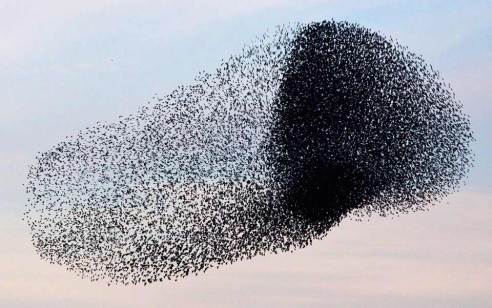
comments